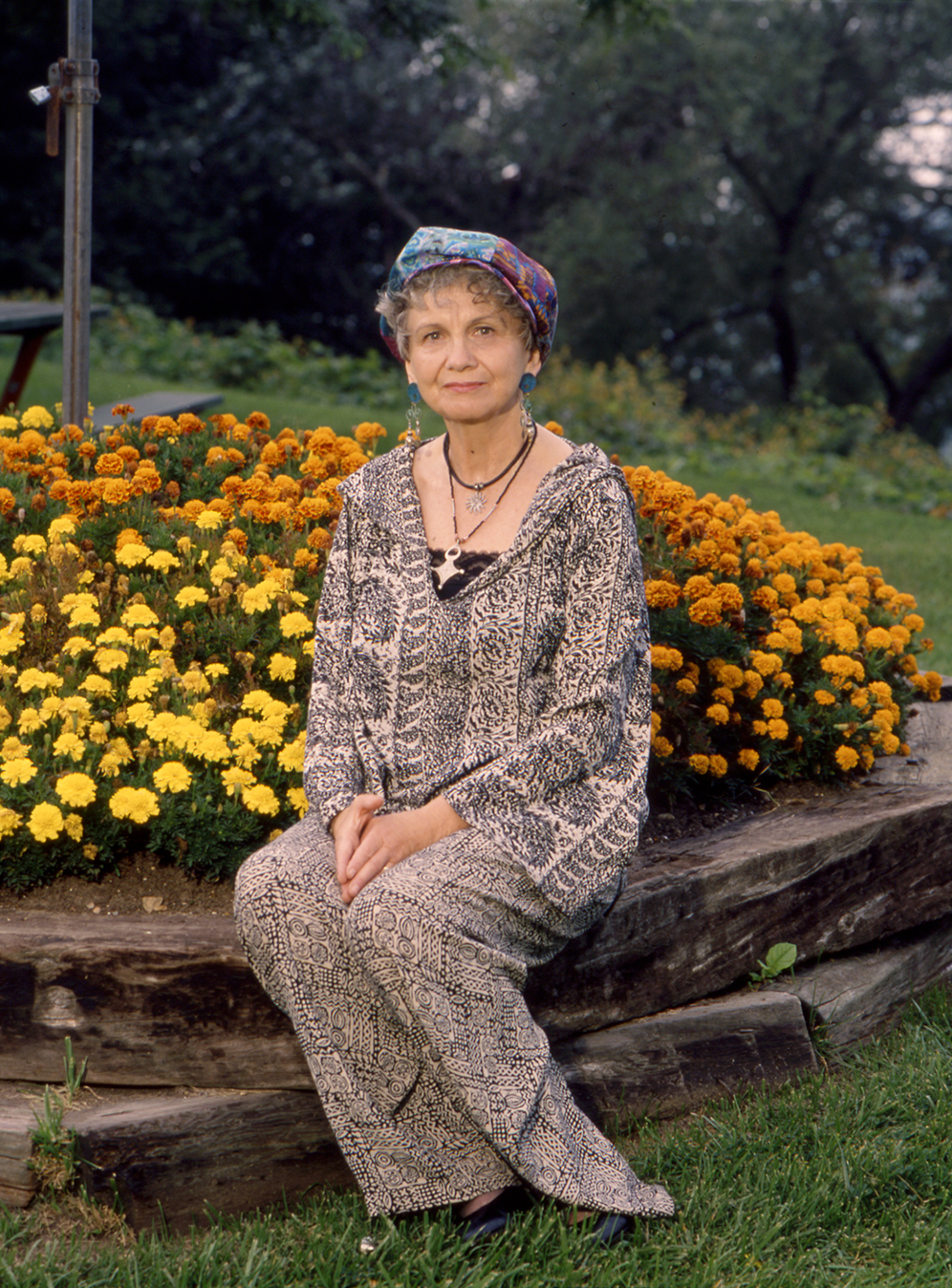


Women, certainly, believed in its rarity and in definite boundaries. There wasn’t any idea then - at least in Logan, Ontario, in the late forties - about homosexuality’s going beyond very narrow confines. Indeed, it isn’t even clear if the relationship is a good one, but what happens happens. In a Victorian story, either the death of a child would save the marriage and make everything end happily (except for the wanton woman, who would die in misery - can’t leave her unpunished), or the sinners would at least pay for their sins. The moral ambiguity in this story is heightened by the awful tragedy of the inciting force. As the saying goes, “It’s Complicated.” Fourteen years of work in family law has proven this true. I do find this kind of story interesting, because Munro understands that the vast majority of failed marriages are not cut and dried, victim and wrongdoer. The stasis of the triangle is disturbed when the man’s son is killed in an accident, and his wife’s relatives descend en masse, leading him to realize that he cannot live like that anymore. The protagonist becomes involved with a married co-worker, whose marriage is crumbling. “Accident” is the rare one (in this collection) that covers a longer period of time, and has a resolution of sorts. What seems at first a meandering investigation becomes, quite suddenly, a fine-pointed insight into the mother-daughter relationship that anchors so much of Munro’s work, and feeds so much of its regret, determination, and affection.I have been ruminating on a few of the stories in particular. The story hinges on a memory that cannot be a real memory: the narrator as an infant being whisked inside the house by her mother as a neighbor approaches. Possibly Munro’s final story (or memoir, depending), but don’t save it for last-it is that good, and that representative of Munro’s artistic project. Only Munro could pull this off: She hides within the story’s folds a deep family secret that, when revealed, somehow ends up taking second place to a chilling awareness that the narrator has about her own nature. “Family Furnishings” ( Hateship, Friendship, Courtship, Loveship, Marriage, 2001)Īn aspiring writer (a little-noted recurring figure in Munro) grows to disdain a close family friend she once admired as a child. Sex! Murder! A small town! And a hold-your-breath ending in which love and death feel like equal possibilities. That description is more apt than usual with the long “Love of a Good Woman,” which any reader should sink into with ease. The frequent, somewhat silly refrain is that Munro squeezes a novel into each story.

“ The Love of a Good Woman” ( The Love of a Good Woman, 1998)


 0 kommentar(er)
0 kommentar(er)
